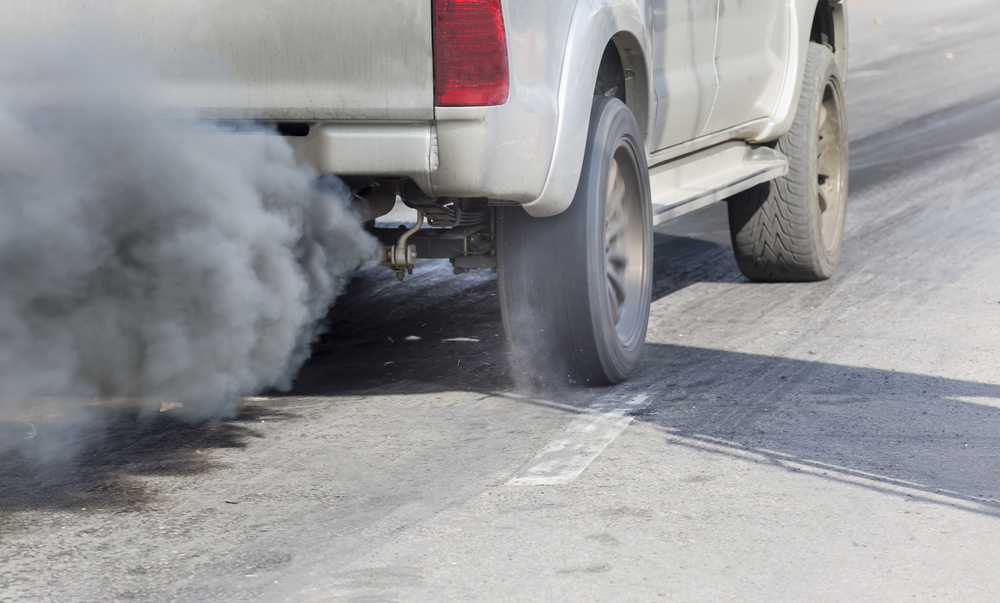
Since the 1980s, the Air Quality Research Center (AQRC) at the University of California, Davis (UC Davis) has been monitoring air quality on the nation’s public lands, and more recently, in all major U.S. cities through its operation of the IMPROVE network for the National Parks Service and the CSN network for the U.S. Environmental Protection Agency. The data show that air quality is improving, thanks largely to air pollution regulations and their enforcement in the U.S. and Western Europe.
Yet, although air quality has improved dramatically, saving countless lives, some locations, such as the San Joaquin Valley of California and the Los Angeles metropolitan area, continue to face challenges.
In fact, the cleaner the air becomes, the harder it can be to identify and control the remaining sources.
Research at UC Davis continues to help identify sources of air pollution that have previously avoided detection. In two recent discoveries, household product use in Los Angeles was identified as a major source of volatile organic compounds (VOCs), while soil in the heavily fertilized San Joaquin Valley was identified as an unrecognized source of nitrogen oxides (NOx). VOCs and NOx are key ingredients in the formation of ozone, PM2.5 and PM10.
In the past, when major cities such as Los Angeles or London experienced ubiquitous and devastating air quality, the concentrations were relatively uniform across the city. Everyone was exposed to mostly the same pollutants, and one or a few sensor locations in a city were enough to characterize its air quality. But as air quality has improved, sensing air pollution has become more challenging. Pollutant concentrations are less spatially uniform, so a handful of sensors no longer represent what people are breathing, leading to the need for better spatial coverage.
Fortunately, this need coincides with an explosion in air sensor technology. New sensors that measure a range of different air pollutants are appearing on the market with increasing frequency. These sensors are much less expensive than those used traditionally, and some are portable so they can be carried around to sniff out emissions. But typically these sensors are less accurate than their more expensive cousins. So a question arises: Can one highly accurate sensor in one location really represent the air quality in a city better than a number of less accurate sensors that characterize the spatial variability over an entire city?
To address this question and help move the field of air quality sensors forward, AQRC is hosting the Air Sensors International Conference (ASIC) in Oakland, California this September. ASIC is sponsored by the US Environmental Protection Agency, California Air Resources Board, National Institute of Environmental Health Sciences, the South Coast Air Quality Management District, and others. The conference will bring together international stakeholders from government, the sensor industry, academia, and community groups who are concerned about local air quality. These groups will exchange information about the latest advances in air pollution sensing, how to manage the tremendous data flow, and how to use these sensors to best understand the quality of our air.
Meanwhile, AQRC continues to investigate new avenues of air quality research, including neurological health effects and near-source effects. For instance, people living near power plant stacks and heavily trafficked roadways are subjected to much higher air pollutant levels than those living just a few 100 meters away.
Families living near busy roadways also have higher incidence of a range of neurological diseases, such as autism spectrum disorder, Alzheimer’s disease, schizophrenia, and ADHD. Researchers at UC Davis, funded by the National Institutes of Environmental Health Sciences, are exposing rats to air pollution from a traffic tunnel, simulating near roadway exposure, to better understand the mechanisms and behavioral deficits associated with living near roadways and their effect on Autism and Alzheimer’s Disease.
Through continued research, hosting engaging conferences, and by advancing air sensors, mathematical models of air quality, and measurements of air pollutants, the AQRC helps protect the health and wellbeing of communities nationally and internationally.




